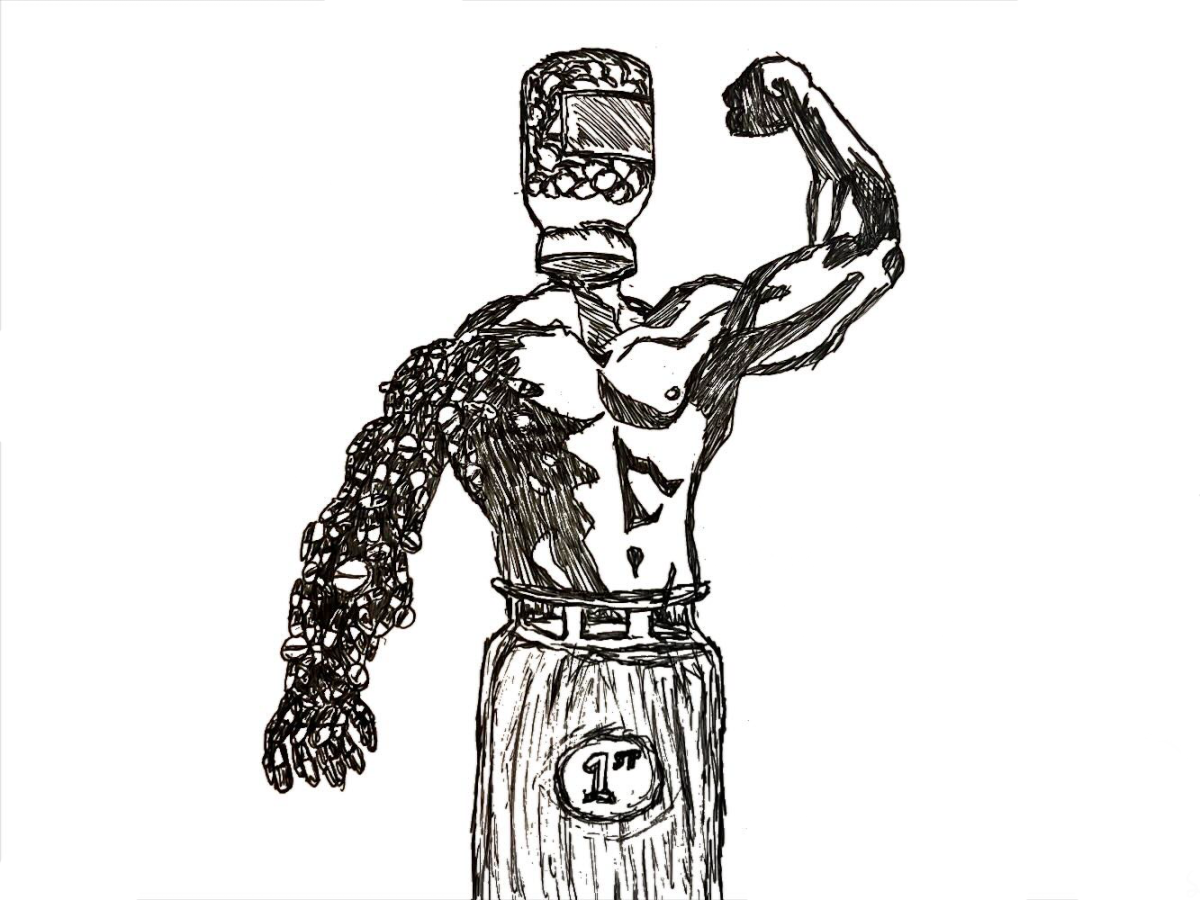The days of rigorous days as an athlete have come to fruition—sacrificing yourself to the hustle—allowing you to climb further in the competition. However, the public does not know that anxiety is looming over you every second through high expectations and cutthroat competition. The fear of being overshadowed by a superior athlete bites at you every second and keeps facilitating a disastrous mindset. To alleviate these pressures, you go down a hopeful spiral and resort to stress-relieving drugs. The physical aspect of the competition is not the only factor holding you back; climbing over your nerves is a far more arduous task. However, the act of seeking solace through stress-relieving pills backfires significantly; the United States Anti-Doping Agency rules your outlet as a doping case—ruining your season, your career, and quite possibly, your entire life. This story encapsulates many high-achieving athletes like Serena Williams (former number one tennis player) and Lane Johnson (Quarterback for the Eagles). Throughout the history of sports, doping has been condemned due to players gaining an unfair advantage by bolstering their strength; however, one hidden side of doping is that it helps athletes combat the unhealthy amount of pressure in sports.
In modern-day sports, competition is the backbone of stress build-up. The environment is ruthless as competitors compete harder to stay above the ever-rising replacement line. Standards are gradually rising, and players need to compete for their right to play their game, making the pressure intense—it becomes a crushing weight on a player’s mind, trapping them in a cycle of self-destruction. Athletes decide to take drugs for two main reasons: physical advantages and cognitive advantages. Physical doping is to enhance physical performance and to outcompete others. Examples of this are growth hormones, steroids, and blood doping. The use of physical enhancement goes against sports integrity, fairness, and drive to perform better: why practice if the same results are available through a pill?
On the other hand, stress-relieving doping is an outlet for relief and a brief pause from the game.
Athletes take drugs such as Benzodiazepine, Ecdysterone, and clonazepam (Klonopin) to shake off their anxiety, hoping to focus on the game instead of their own emotions. Most people believe that athletes take drugs to gain a physical edge, however, many athletes simply struggle with their mental health. This is where the crux of the problem lies. True, cognitive doping still goes against the foundation of sports—conveying an advantage to the users—but only through its mitigation of stress, not the bolstering of physical strength. By considering strength-enhancement drugs equal to stress-relief drugs, we exacerbate the mental health crisis of athletes; stressed athletes feel unheard and cornered to make the decision: face the excruciating stress alone, leading to isolation; or take medication, potentially banishing them from the sport they love.
Lack of rest, stress, and anxiety make an athlete’s decision to dope more of a necessity than a choice. The modern rhetoric of sports doping is one-sided: people see it as entirely wrong. PEDS are outlets for athletes to increase their strength, which breaks the fundamental rules of sports: fairness, integrity, and equal opportunities are at risk. However, one should not ignore the pressures placed on athletes. The other side of the story, cognitive doping, presents athletes with opportunities to mitigate stress and anxiety in their competitive environment. Rather than slandering athletes for the choices that they feel compelled to make, we should normalize awareness of mental health issues that athletes face on a day-to-day basis.








